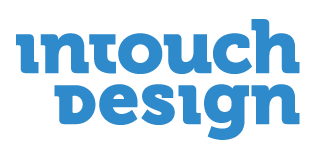Here are a few things that I thought of as I was designing Survivor WW1 that may be of interest to educators who are using it:
- The colors chosen for each campaign represent a feature of each landscape: yellow for the desert of Sinai and Palestine, blue for the sea at Gallipoli, and brown for the mud on the Western Front. A nice little mnemonic tool for remembering the 3 campaigns.
- The survival chart is based on the schedule of pensions payable for different types of injuries issued to NZEF veterans form p105 of Damien Fenton's New Zealand and the First World War
- For younger primary school children it may be sufficient simply to play a game of matching the battle order item to its name, and dressing a soldier with the equipment in the correct place.
- The percentage lost/gained for each incorrect/correct item of battle order equipment could be adjusted according to the age of the participants.
- An entire class could be bandaged according to the percentage of survivors, casualties and deaths for one campaign, and then photographed.
- Photographs of participants in the soldier cut-outs with bandages could be posted on a wall beside the exhibit, or on the museum's website.
- The hats used at Gallipoli were various, so although I've designated the Sun Helmet for Gallipoli, the felt hat of the Mounted Rifle Brigade is not incorrect. The Mounted Rifles joined Gallipoli without horses. The Steel Helmet is incorrect for Gallipoli, as it was first issued to the NZEF in 1916 at the Western Front.
If you have any ideas or observations to share with other users of SurvivorWW1 please do post them below.
